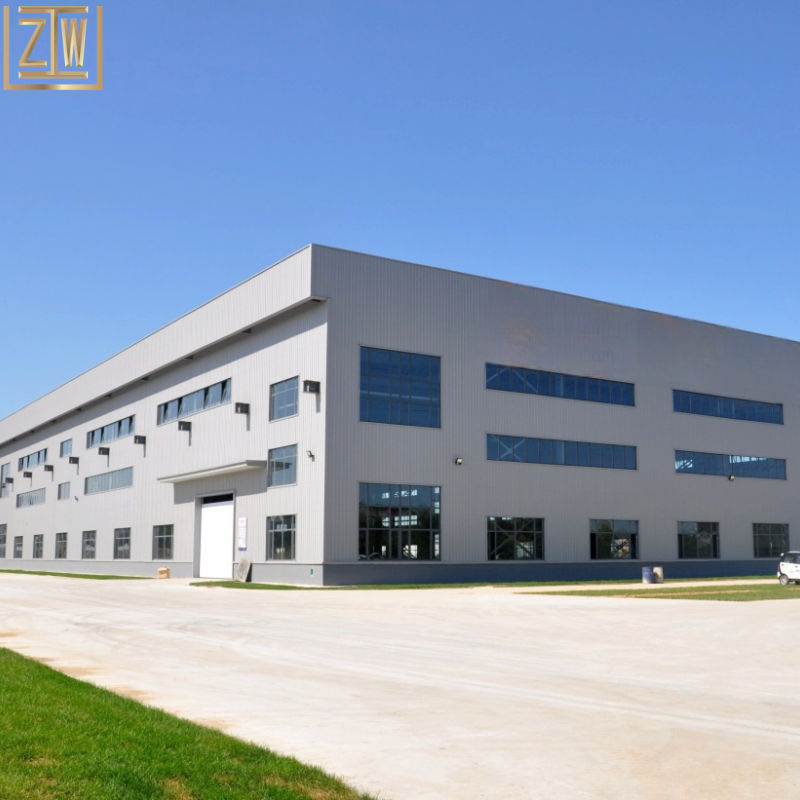Online shopping has exploded in recent years, and that boom is pushing businesses to look for smarter spaces to store and move their products. Prefabricated warehouses are quickly becoming a go-to choice. Built in sections at a factory and then put together on-site, these structures give companies a flexible, budget-friendly way to expand their logistics network without losing time or getting bogged down in red tape.
Speed is by far the biggest selling point of a prefab warehouse. Where a conventional building may drag on for many months or even over a year, a prefabricated version can usually be standing and ready for work in just a few weeks. That quick turnaround helps e-commerce firms open new distribution hubs almost overnight, letting them keep pace with rising order volumes and meet customers expectations.
Cost-effectiveness is one of the biggest reasons so many companies are choosing prefabricated warehouses. Because the buildings use off-the-shelf parts and fast assembly methods, the up-front price usually comes in lower than that of a traditional structure. On top of that, shorter assembly times mean less money spent on labor and fewer months of waiting before the space can start generating revenue. That kind of financial breathing room matters a lot to small and mid-sized businesses that run on tight project budgets.
Prefabricated warehouses do not sacrifice style or function to stay budget-friendly. Owners can pick layout, roof height, door size, and even insulation grade, so the final structure matches their exact workflow. That kind of flexibility is especially useful for e-commerce firms with ever-changing stock levels and mixed product lines. By building a custom pre-engineered space, they reduce search times, speed up picking, and, ultimately, keep customers happier and repeat orders flowing.
You can't talk about modern prefab warehouses without mentioning their green thumb. As shoppers and shareholders keep raising the bar on environmental responsibility, companies are scrambling to trim their carbon messages-matching their carbon numbers. Because prefab builds rely on factory-cut materials, tighter lists, and energy-seeing shapes, they usually leave a lighter environmental mark than stuck-usual concrete boxes. When a large-scale e-commerce hub goes prefab, it does two things at once: it shows shoppers a real sustainability effort and frees up cash through lower heating, cooling, and waste-recycle bills.
Put all that together and its easy to see why the online retail world is putting extra pressure on designers to pitch, paint, and site more prefabricated warehouses. Speed, cost, flexibility, and sustainability are not optional features anymore; they are the playing field itself. Developers and investors who adopt this approach early will lock in tomorrow's efficiencies and protect Argos-skewed margins from day-one competitors. Observers expect this shift to snowball even faster once standard modular kits start arriving with pre-installed smart sensors and carbon-counting power pads.
Emerging forecasts also point to wiring advanced technology straight into these prefabs, turning plain steel boxes into agile smart-storage hubs that can read orders, track racks, and steer robots on-the-fly. That integration of 5G sensors and automated order pickers will give e-commerce players the speed they crave while slicing overhead yet another notch. Manufactures already report pilot build-outs that trim labor time by twenty-real percent, and that kind of headline-rich numbers tends to spread quickly in a low-margin, always-on sector.


